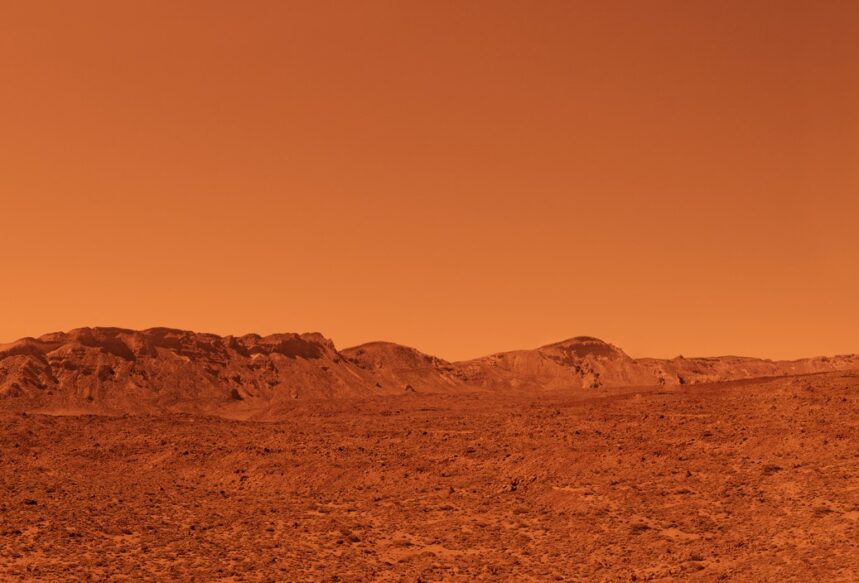If you’ve been keeping up with space news, you’ll know that this summer has been busy. Between the private sector space race (sometimes called the “Billionaire Space Race”) that reached its conclusion in early July, the public sector has also been making a lot of headway. While Virgin Galactic and Blue Origin went head-to-head, bigger entities like NASA and CNSA (China National Space Administration) have been making a splash as well.
Perseverance Mars Mission
In February, the US landed Perseverance on Mars. You may recall the news about the pictures and recordings that were broadcast from the rover. They were some of the most clear and vivid images anyone had seen of Mars. In conjunction with the rover, there’s also Ingenuity, the first ever intergalactic helicopter. You can stay up-to date and watch footage from the drone flights on NASA’s website. Since Ingenuity’s landing alongside Perseverance, the US has been collecting a lot of data in the form of video, images, and sound recordings with the hope of sniffing out signs of ancient life. Most recently, the rover was also able to drill into a rock and collect a sample. This is the first sample collected both on this mission and in the history of mankind – which is exciting, even if we will have to wait a decade before samples from Perseverance can be analyzed. After the first attempt at taking a rock sample turned up empty back in August, there was some worry about how the next collection process would go. Luckily, the sample collected on September 1st had no issues and has been securely stored within Perseverance to wait out its long journey.
China and Mars
While the US has been successfully roaming the surface of Mars, China has been doing much the same. In late May, the Zhurong rover was deployed to the surface over 1200 miles away from Perseverance. The historic landing made China the second nation to ever reach Mars. The US has been sending rovers periodically since launching Sojourner in 1996. In total, 6 rovers have operated on Mars to date: 5 being from NASA and 1 being from CNSA. China’s first mission to Mars was both ambitious and successful, involving three different synchronized crafts. The Zhurong rover was initially planned to run for roughly three months but has so far outlived its expected use. This landing has been an incredible milestone for China in the new Space Race.
If you’re still not convinced that China has more than kept up with the US over the summer, consider one more landmark achievement made in June: China launched their first crewed mission in over five years to complete the construction of their new space station, the Tiangong. The core module for Tiangong space station was launched back in April. The plan is to have the three-person crew of the Shenzhou-12 rocket bring the station online by the end of September this year.
Is China Getting Ahead in the Space Race?
China has been following close on the heels of the US in the new Space Race for a while, but it seems that the past two years may have solidified their victory. Between the Moon landing, the return of samples from the Moon, the new space station, and the Mars rover, China’s advancements in their space program have been aggressive. They have accomplished in a few years what the US took decades to achieve. On one hand, it’s likely their quick progress is in part built off the technologies developed by the US and the USSR during the first Space Race. On the other, it could be argued that much of China’s research and development has been done on their own due to US policies that limit how NASA can collaborate and share data with CSNA. It’s impossible to call a race that isn’t finished, but China continues to pull ahead faster than anticipated.
